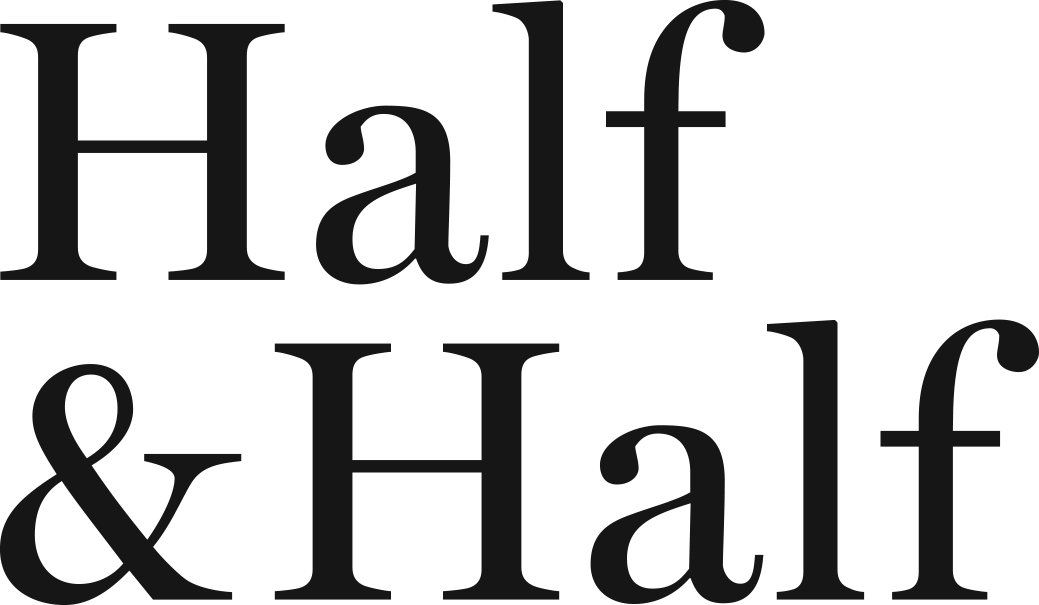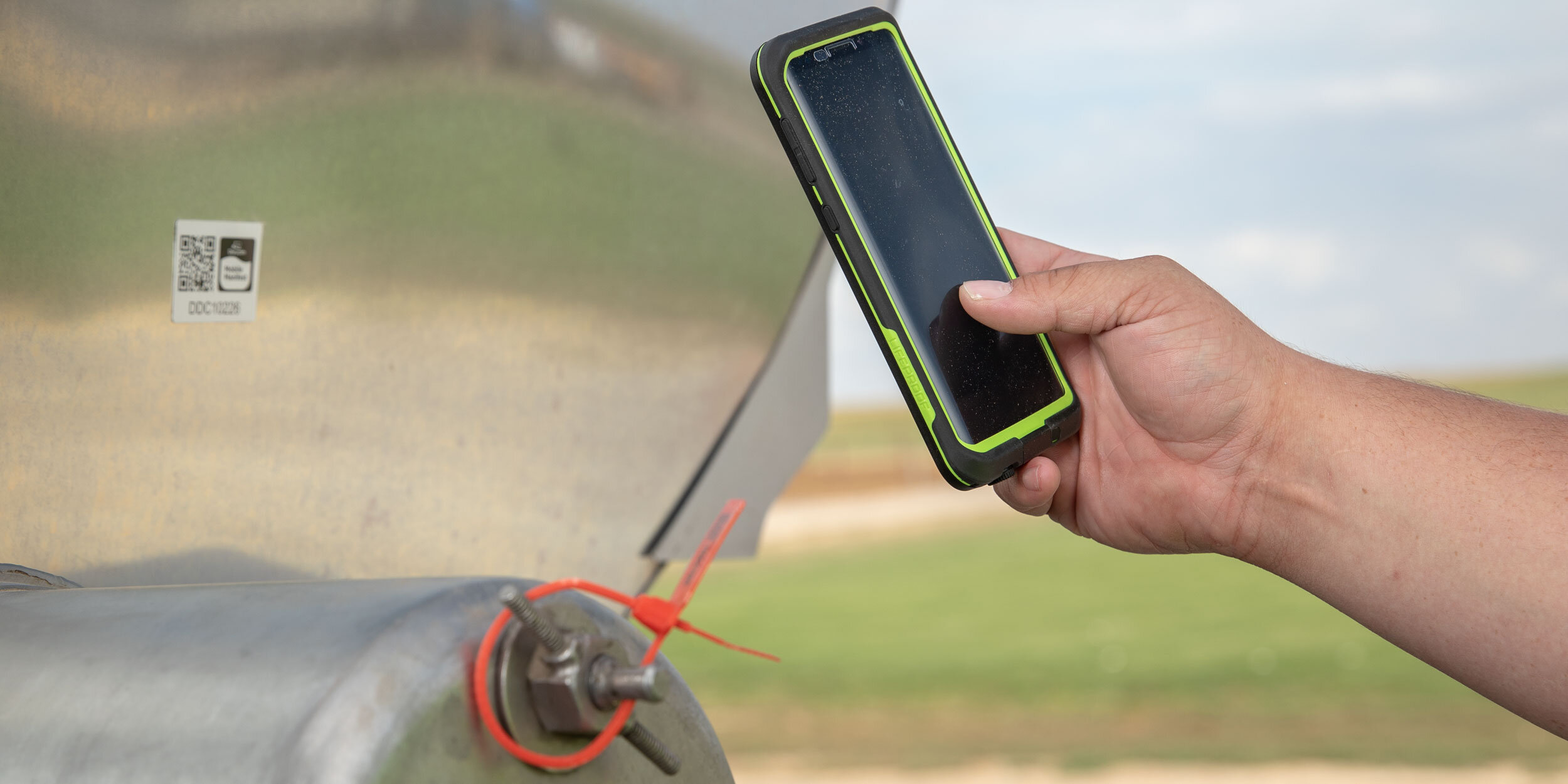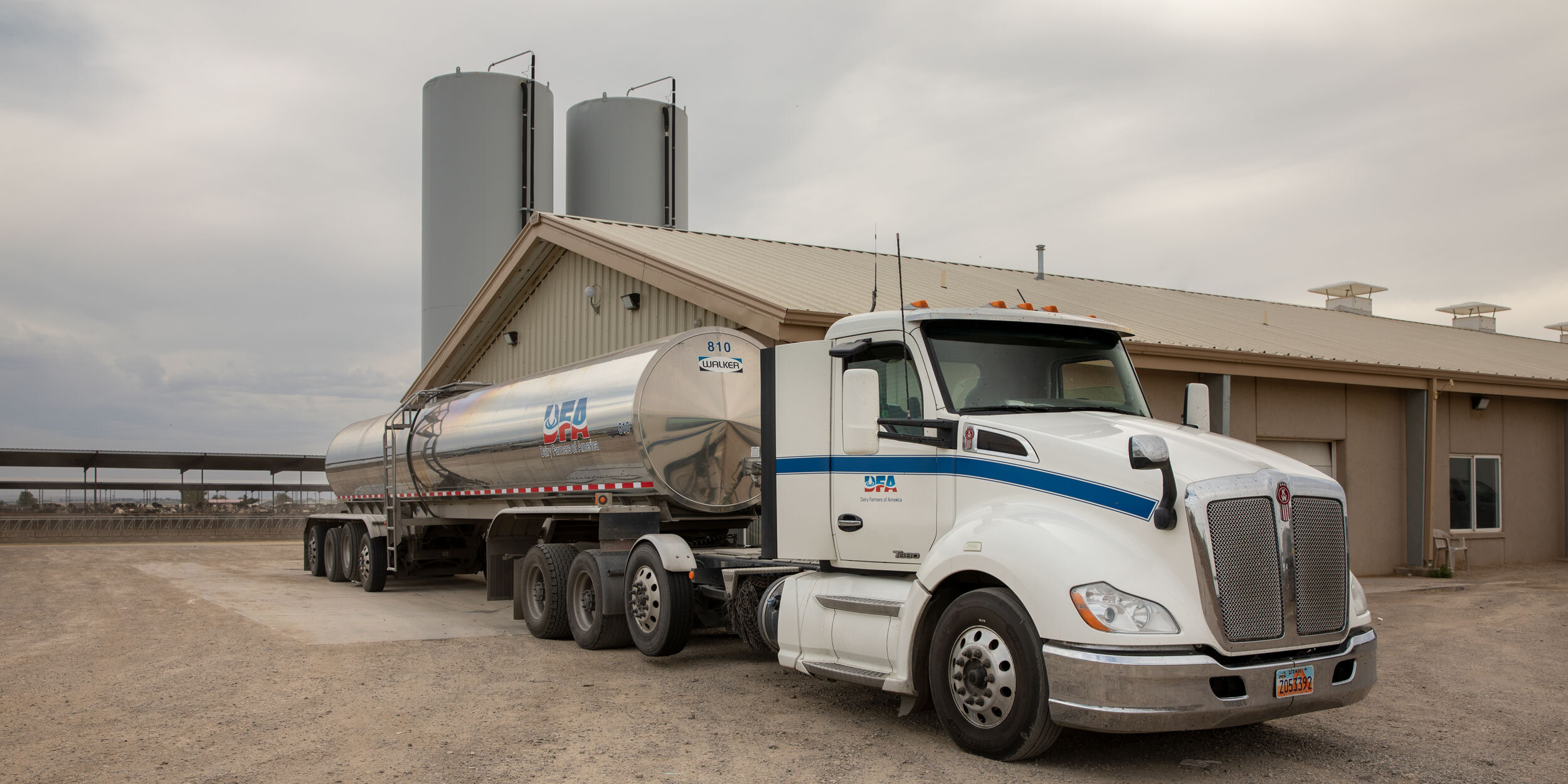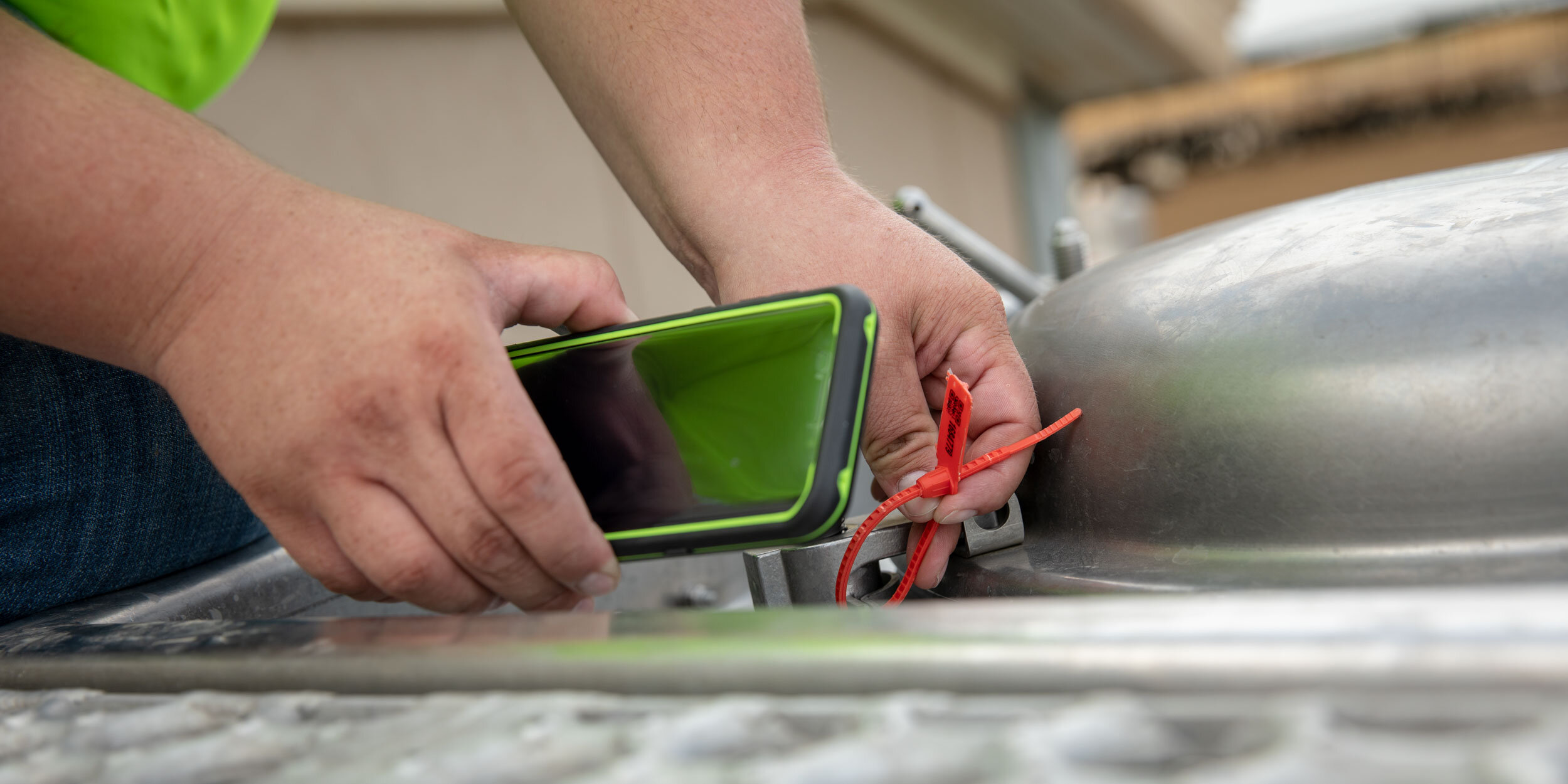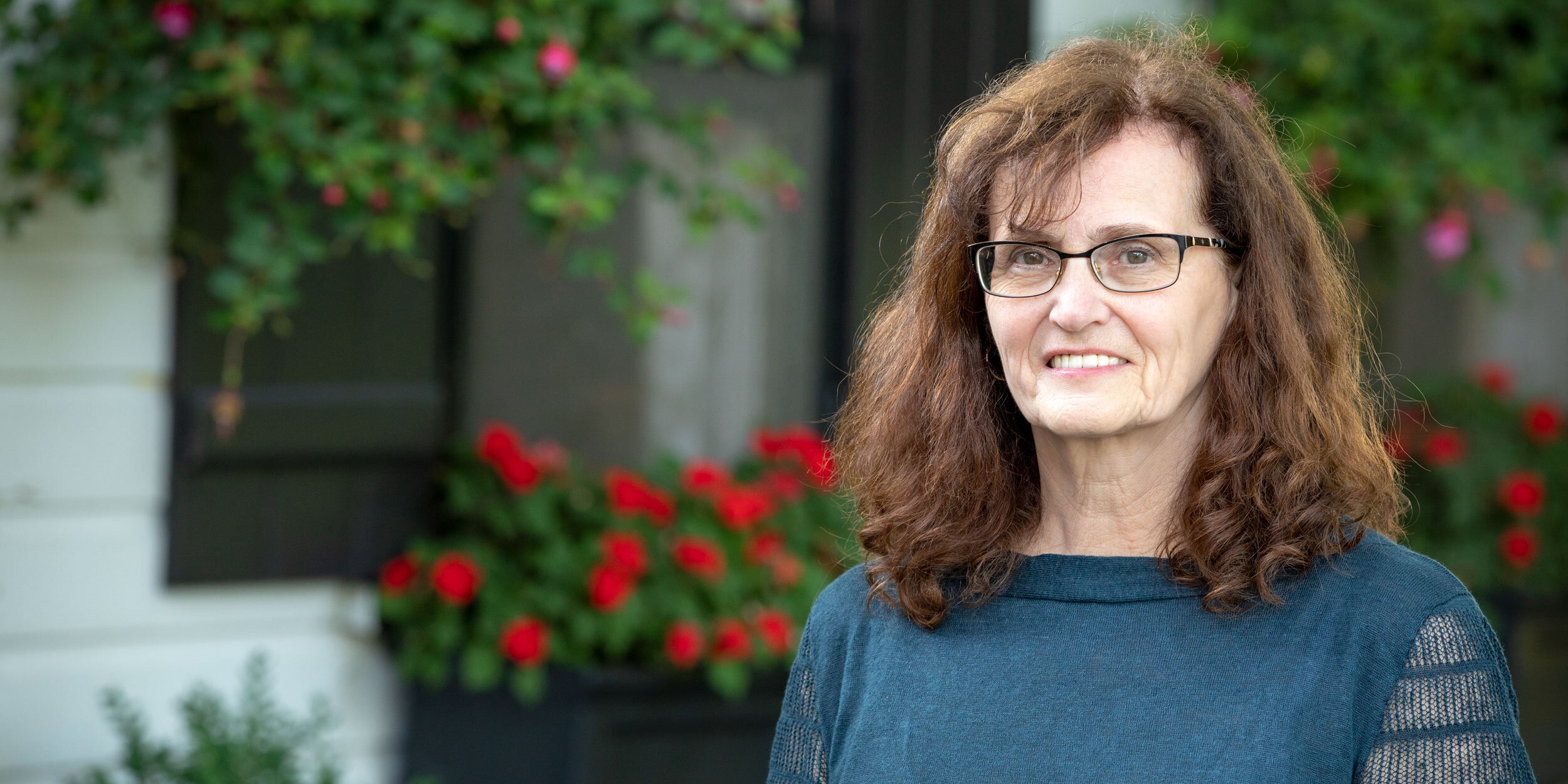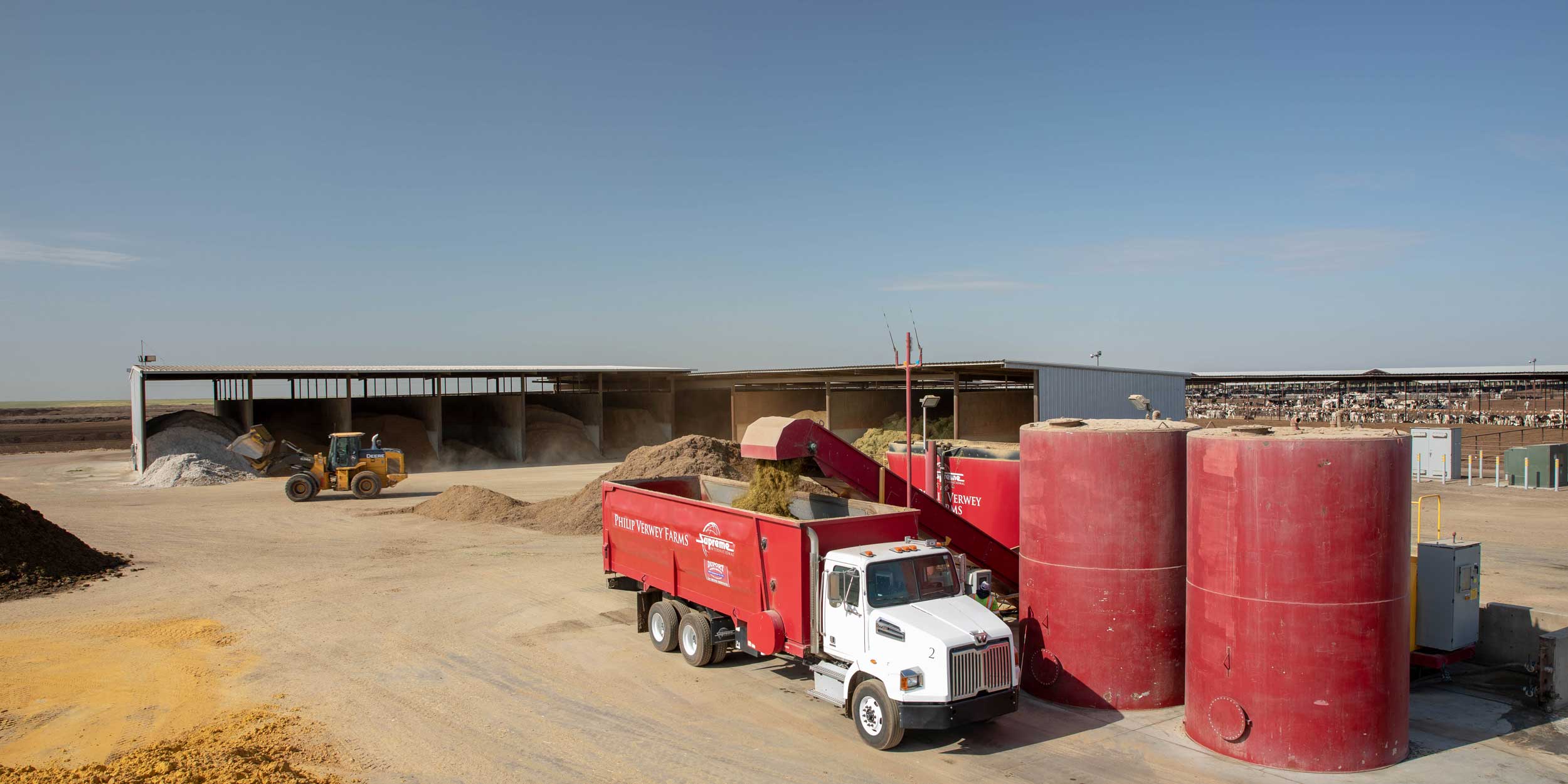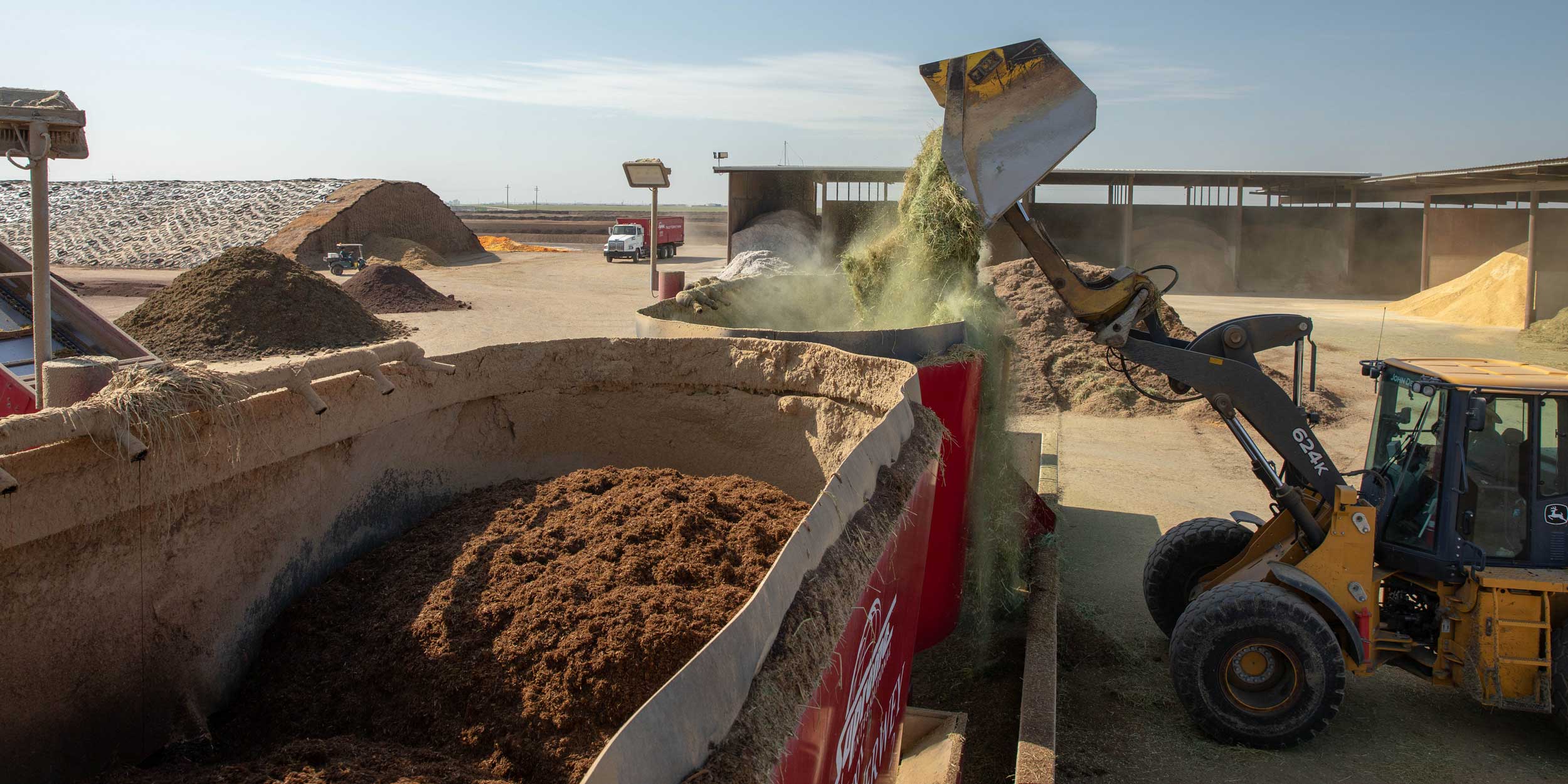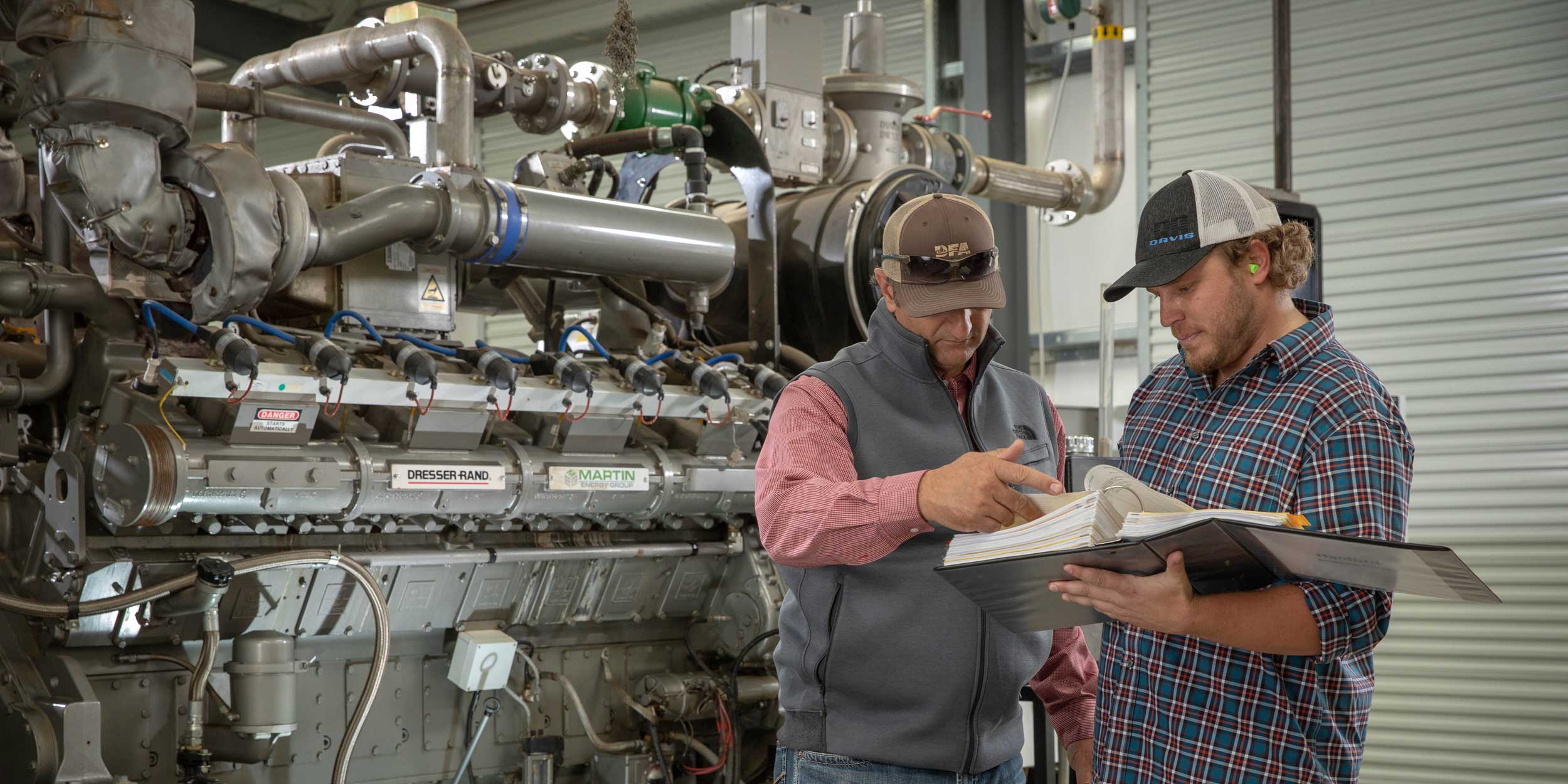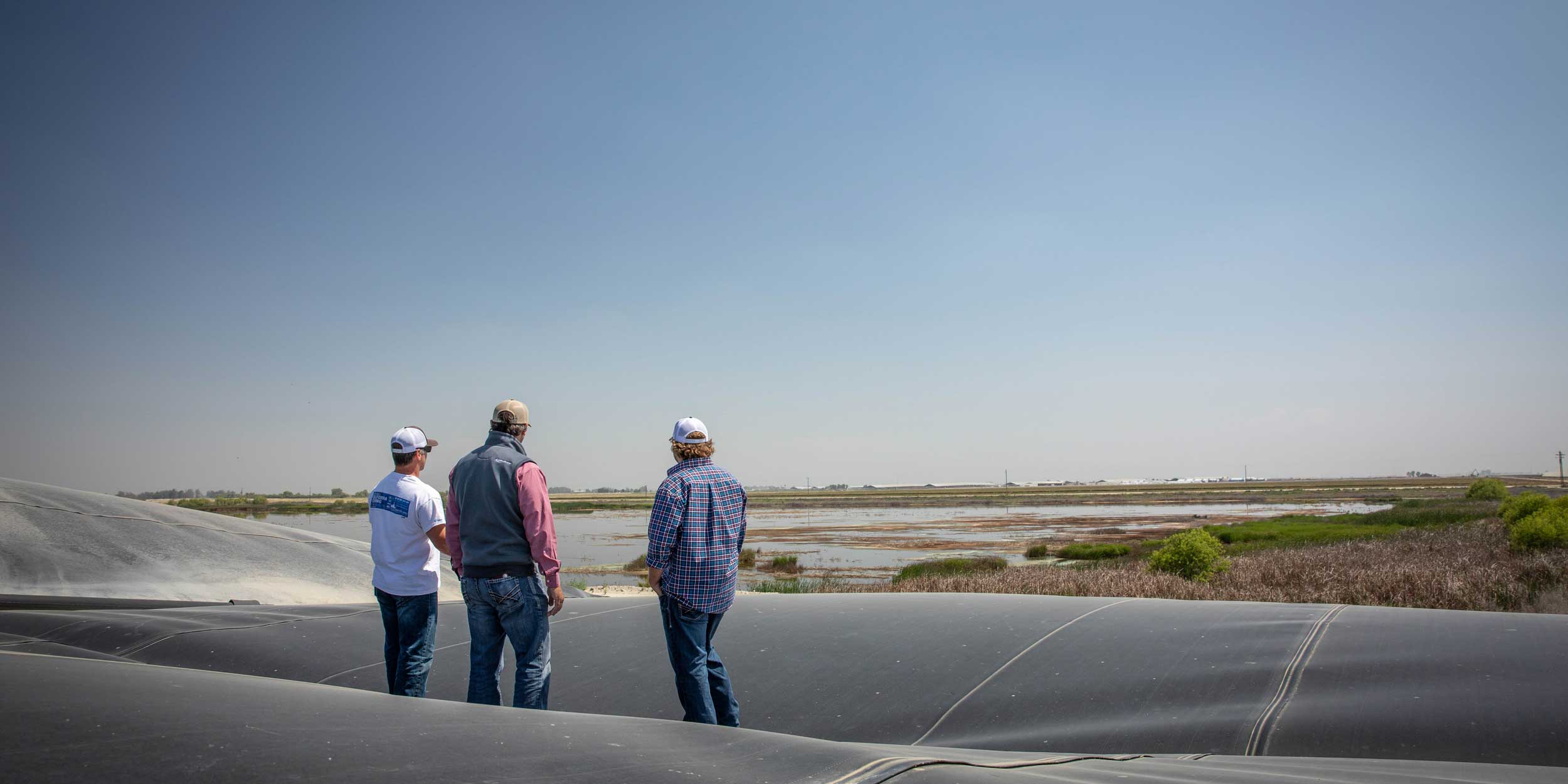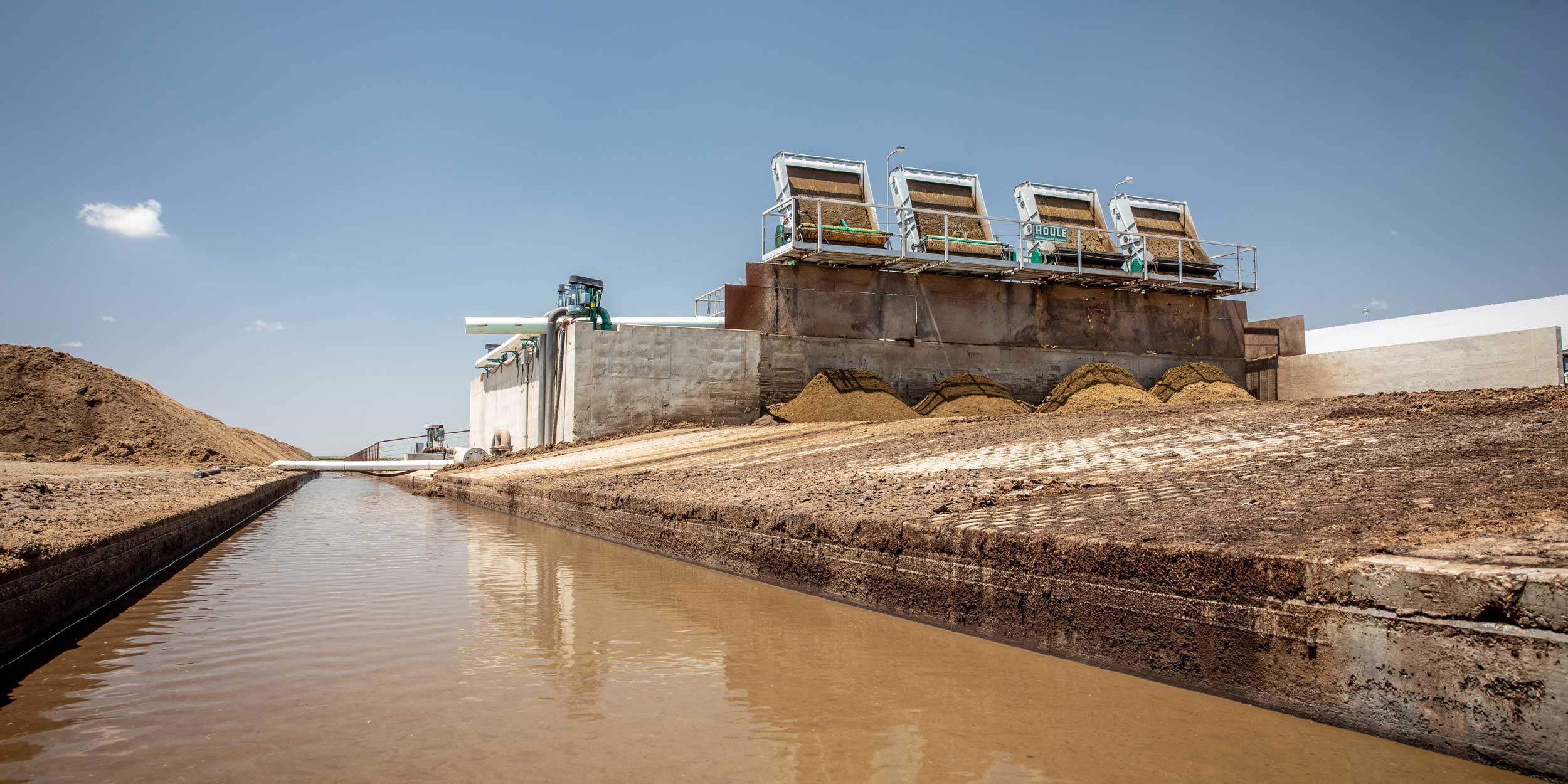Moving Dairy Farmers of America’s (DFA) family farm-owners’ milk from farm to plant is no exception. When milk haulers pick up a load of milk, they test it for safety and quality, ensuring all milk is antibiotic free. To track this, haulers complete a paper manifest, entering all relevant information by hand — like where the milk came from, on-farm test results, where it’s going and who it’s being sold to — essential to dairy farmers getting paid and consumers receiving safe, high-quality milk.
With paper manifests being handwritten, there’s an increased possibility for misplaced notes, as well as extended processing times. For dairy farmers, the waiting game can cause unforeseen quality issues. For haulers, it creates stress of keeping track of paperwork on the road, extra work and inefficiencies.
How much paperwork are we talking about exactly? In 2018, DFA collected 1.3 million paper manifests.
So, to reduce paper usage and increase efficiencies, DFA’s Mountain Area region recently implemented a new process for moving milk from farms to plants. This new innovation — a mobile manifest system — is helping cut down on potential errors and the amount of time it takes to process a load of milk. It makes the hauler’s job easier and brings value to farmers, customers and consumers by creating a reliable information trail.
Before going mobile, on average, the time between a load of milk being delivered until the data was captured off the paper manifest verified was three days. With a digital manifest, verification takes less than a day. And the advancements don’t stop there.
Data is captured in the mobile manifest when a user scans a QR code, which automatically completes the manifest without anyone having to verify the information. Ship to, sold to and more is captured immediately and readily available for users to help bill customers and pay DFA’s family farm-owners. Even better, the digital manifest collects more data than ever before.
Want to know who the name of the driver hauling the milk? Easy.
Need an exact time stamp to help judge timing when testing? It’s there.
When dealing with a perishable product like milk that communities around the country and world rely on for unbeatable nutrition, every hour counts.
The launch of this innovative idea started in Colorado and has since moved to Utah and Idaho with plans to continue to expand to DFA’s other regional Areas across the country.
Future plans for the system include farmers receiving an email when the milk truck leaves their property, so they’re aware of every step in the process.
Innovations like this is what’s incredible about the dairy industry — telling the story beyond the gallon through quality and traceability.
